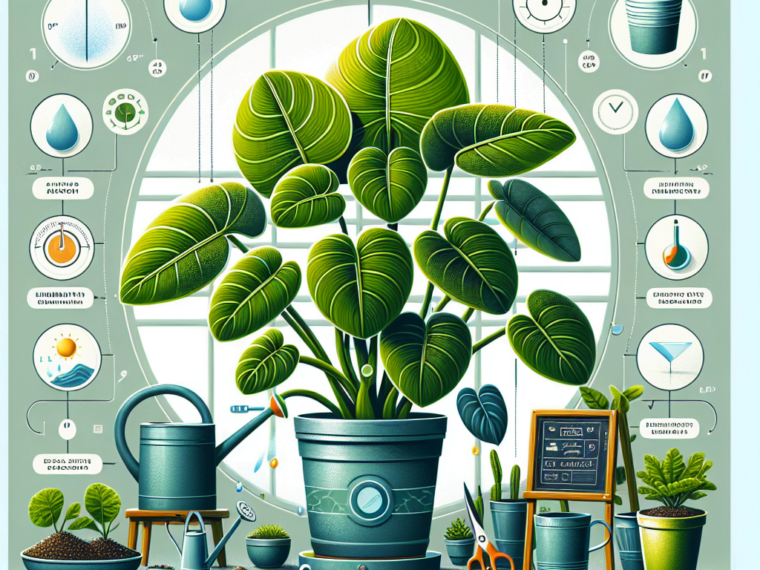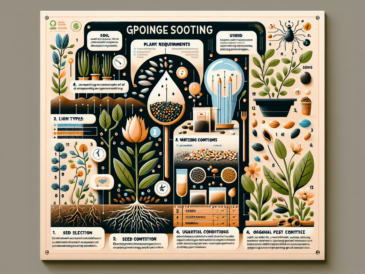Key points
• Optimal Lighting: Place Philodendron plants in bright, indirect sunlight. Direct sun can scorch the leaves, whereas too little light can cause leggy growth and fewer leaves.
• Proper Watering: Water the plant when the top inch of soil feels dry, ensuring thorough hydration without waterlogging. Philodendrons prefer moisture but not soggy conditions.
• Ideal Environment: Maintain a warm, humid environment, with temperatures between 65-80°F (18-27°C) for optimal growth. Consider using a humidifier or pebble tray to increase humidity if necessary.
Choosing Your Philodendron
Selecting the right Philodendron starts by understanding the types suitable for indoor growth. Climbing types like the heart leaf Philodendron or the Philodendron ‘Xanadu’ can add both height and drama to your space, while others, such as the lacy tree philodendron, occupy more floor space with their expansive leaves.
Starting Your Philodendron
Propagating philodendrons is relatively straightforward, with stem cuttings rooting easily in a suitable potting medium. Plant enthusiasts also utilize methods such as air layering and division. For optimal growth, select a container that complements the eventual size of your plant and a potting mix like Miracle-Gro® Indoor Potting Mix, known for its ability to support root development while keeping soil moist.
Optimal Growing Conditions
Philodendron plants thrive in environments that mimic their native rainforest habitats. Moderate light conditions, consistent warmth, and a regular watering schedule ensure your plant’s growth is vibrant and full. Fertilizing needs vary across varieties, so it’s best to follow product label instructions for the best results.
Routine Care and Maintenance
Regular maintenance includes pruning to encourage bushier growth and repotting to manage the root system. Additionally, stay vigilant to prevent common pests like spider mites and aphids, which can be managed with a simple soap and water mixture or neem oil.
Troubleshooting Common Problems
Overwatering and underwatering can both lead to yellowing leaves—a clear sign of distress in philodendron plants. Maintaining a consistent watering schedule and ensuring your pot contains drainage holes are key to preventing these issues.
Advanced Tips and Tricks
For seasoned plant owners, creating optimal conditions for variegated philodendrons can be especially rewarding. These specimens require a bit more attention to light and fertilizer to maintain their stunning color patterns.
Philodendron Safety and Considerations
While Philodendrons add charm and greenery to any space, it is important to note their toxicity to pets and humans. Ensuring these plants are out of reach of curious cats, dogs, and children is imperative to avoid any health risks.
Conclusion
Cultivating philodendrons can be a gratifying pursuit. With proper care and attention to the specific needs of your chosen variety, these versatile houseplants can thrive in your care. Remember, ongoing learning enhances your gardening experience, allowing both you and your philodendrons to grow together.




